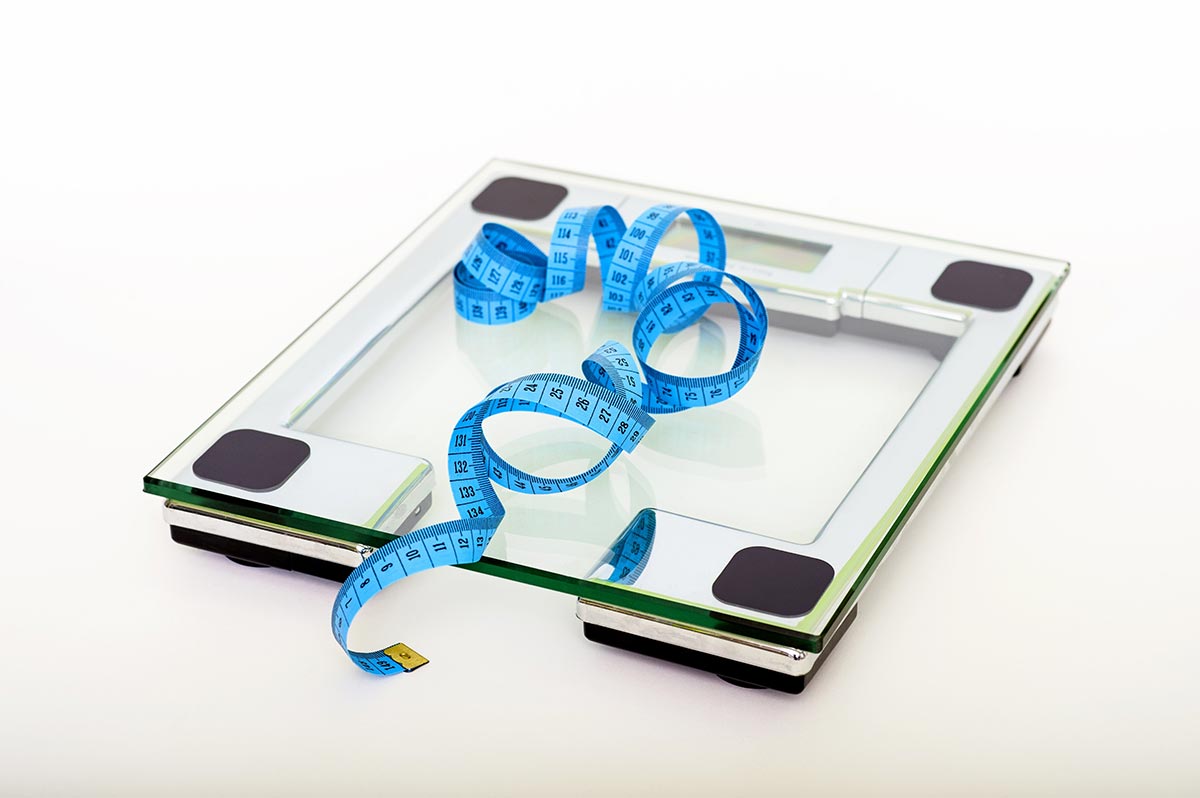The $799 Chair Problem
America doesn’t have a fast-food problem so much as a furniture problem: we keep upgrading chairs while downgrading our physiology. The hidden epidemic isn’t the cushion—it’s the calendar. Six-plus hours a day of being glued to a seat has become normal, celebrated as “focus,” rewarded as “productivity,” and excused as “knowledge work.”
Our bodies, tragically unimpressed by Google Docs and quarterly OKRs, respond with classic symptoms: sluggish glucose control, rising blood pressure, stubborn fatigue, and that foggy, misfiring concentration you blame on coffee that “just didn’t hit.”
America, Quantified
Across the last reliable national data window, U.S. adults increased their daily sitting time from the mid-2000s to 2016. Younger working-age adults crept past six hours; older adults followed the same trajectory. Official, consistently reported national numbers end in 2016—later cycles were disrupted or delayed (pandemic years didn’t help)—but let’s be honest: with remote work, streaming, and food delivery, nobody thinks the trend reversed. The bigger picture is simple: we engineered movement out of the day and never put it back.
Workplace Contrast: Who Sits the Most?
Jobs tell the metabolic story better than any sermon. Construction laborers and waitstaff barely sit; office clerks, managers, dispatchers, and truck drivers log hours—plural—on a chair every single shift. That’s half the workday, every day. Translate that into biology: fewer muscle contractions in your largest glucose-disposing tissues (quads, glutes, calves) means your bloodstream becomes the default storage locker. The economy rewards stillness; your cells pay the interest.
Biology Doesn’t Care About Your KPIs
Extended sitting is not a vibe; it’s a risk multiplier. Cardiometabolic risk rises with each extra hour slumped at a desk, especially once you pass the eight-hour mark. The twist most people hate hearing: the 45-minute run at 7 p.m. does not fully cancel a day of immobility. Yes, structured exercise helps enormously, but the damage accrues during the uninterrupted stretches—when hip flexors shorten, back extensors fatigue, vascular sheer stress drops, and endothelial function sulks.
Cortisol? Think of it as the office’s unwashed coffee mugs: it piles up when no one does the small daily chores (read: movement breaks). The fix is rhythm—interruptions—more “metabolic punctuation” in your day.
Culture Shock: The Meeting That Moves
Here’s a guaranteed upgrade: walking meetings. They feel awkward for five minutes, then ideas loosen, recall improves, and attention sharpens. Even pure stand-ups—no chairs, no pastries—end faster and focus better because nobody wants to pontificate with aching calves. Japan normalized micro-naps (“inemuri”) for exactly the same reason: brief physiological resets protect cognitive output. The U.S. can keep its productivity theater; we’ll take results. If you want memorable, tighter meetings: walk, stand, or—heresy—nap for 12 minutes before the hard one. You’ll remember more and need fewer slides.
Beyond the Standing Desk
Standing desks are fine, but standing still is just vertical sitting. What actually works is dynamic friction against inertia: one to two minutes of movement every 30–60 minutes; a flight of stairs whenever you switch tasks; printer two corners away; water refill at the far kitchen; “walk-and-talk” for any meeting under 20 minutes; a 10–20-minute midday power nap two or three times a week; and a short, honest lunchtime session—think 12–20 minutes of brisk walking, bodyweight cycles, or mobility flows.
The evidence through multiple cohorts and meta-analyses points in the same direction: interruptions plus daily activity volume beat one heroic workout pasted onto a sedentary day.
Home Office, Same Epidemic
WFH killed the commute but also killed incidental steps. No parking lot, no hallway, no elevator bank, no “I’ll drop this off on your desk.” Remote work compresses life into tabs and tiles—convenient, cognitively exhausting, metabolically cruel. The fix is not an app; it’s architecture. Put friction back in: default 25- or 50-minute blocks with autoinserted two-minute walk prompts; a doorway pull-up bar; a kettlebell that lives by the coffee machine; a mat rolled out, not rolled up. And yes, calendar tolerance for breaks must be a management KPI, not a secret shame.
Automation as Sedative
We’ve been told that automation will vaporize the white-collar crisis or at least “transform” it. Reality check: even when software removes rote work, the human left behind does more monitoring—dashboards, escalations, compliance checks, inbox triage. That’s not physical; that’s the seated Olympics. In logistics, “hub-to-hub autonomy” still leaves humans supervising; in finance and law, document review shrinks, but oversight meetings bloat. Net effect: fewer keystrokes, more sitting. The existential drama about jobs distracts from the physiological drama about bodies.
From Policy to Pavement: What Actually Reduces Harm
1. Microbreak Protocols That Aren’t Optional
Institutionalize two-minute activity breaks every hour with calendar-level defaults. Not reminders you can swipe away, but norms you don’t apologize for. Walk to the furthest restroom. Do five slow squats and five wall presses. Rotate ankles and flex calves until you feel blood move.
2. Active Meetings by Default
Any agenda under 20 minutes begins as a walking meeting unless confidentiality or accessibility prevents it. For hybrid teams, audio-only walking blocks with notes posted after. Standing rooms for status updates; chairs for deep work sessions only.
3. Light, Air, and Temperature
Natural light exposure early day improves alertness and sleep timing; fresh air breaks reduce CO₂ buildup that drags cognition. Keep temps slightly cooler for wakefulness; let afternoon warmth coincide with a short nap window. Physiology first, interior design second.
4. The Lunch Reset
Make mid-day the metabolic pivot: 10–20 minutes of brisk walking or a short bodyweight circuit, then eat. You’ll blunt post-prandial glucose, pull mood back from the cliff, and stop the 3 p.m. snack panic before it starts.
5. Naps Without Stigma
Sanction 10–20-minute naps. Set a timer, darken the room, no social penalty. The gain in working memory, vigilance, and mood is worth more than another doomscrolling coffee.
6. Strength & Mobility Minimums
Two brief strength sessions per week (20–30 minutes) and five quick mobility blocks (5–8 minutes) distribute enough muscular contractions across the week to keep tissue honest. Think push-pull-hinge-squat-carry basics and hip-thoracic-ankle mobility. Minimalist, consistent, boring—effective.
Personal Playbook: Make the Day Move
Here’s a template anyone can run tomorrow: wake, three minutes of joint prep; commute or first call as a walk if possible; 50-minute work blocks with two-minute resets; stand-up for any meeting under ten minutes; lunch walk before eating; one strength or mobility micro-session in the afternoon lull; a final five-minute walk when you close the laptop. Add 7,000–10,000 steps across the day, not in a single binge.
Hydation: Drink water, not just caffeine; sit back in the chair, don’t crane your neck; place the screen so your eyes don’t collapse into your chest. This is not a lifestyle makeover. It’s civil engineering for a human body in a digital city.
Why This Matters Now
Healthcare costs are the dragon behind the door. Sedentary-driven cardiometabolic disease is expensive, slow, and relentless. Employers chase ROI in clever wellness apps; the actual return is in fewer uninterrupted sitting marathons. And culturally, we need to stop moralizing exercise as an after-hours hobby. Movement is infrastructure. If work steals eight hours of stillness, work must pay it back with built-in motion.
The Next Epidemic Is Already Here
Whether AI takes your tasks or gives you new ones, your chair isn’t resigning. Desk jobs will not spontaneously become physical; dashboards don’t do burpees. The epidemic is hidden only if you refuse to measure it: hours seated, breaks missed, steps skipped. Start there. Put frictions back in the day. Make meetings shorter by moving, make afternoons sharper by napping, and make exercise smaller but more frequent. The body doesn’t need heroics; it needs a schedule that stops pretending sitting is neutral.
Notes
[1] Yang L. et al., JAMA 2019: Trends in sedentary behavior among U.S. adults, 2001–2016 (NHANES). Reliable national sitting-time data widely reported through 2016; later cycles were disrupted or delayed during/after COVID and not published with comparable detail at time of writing.
[2] Ekelund U. et al., The Lancet 2016: Large meta-analysis showing ~60–75 min/day moderate activity substantially attenuates the mortality risk associated with high sitting time.
[3] U.S. Bureau of Labor Statistics, Occupational Requirements Survey (latest tables referenced 2023–2024): Time spent sitting by occupation—large variance across roles; higher in office/driver/manager roles, minimal in food service and construction.
[4] CDC & WHO physical activity guidance: 150–300 min/week moderate activity plus regular break-up of sedentary time; interruptions to prolonged sitting improve post-prandial glucose and vascular function.
[5] On naps and cognition: Short daytime naps (10–20 min) improve vigilance, working memory, and mood in occupational settings; cultural acceptance varies (e.g., inemuri in Japan).













